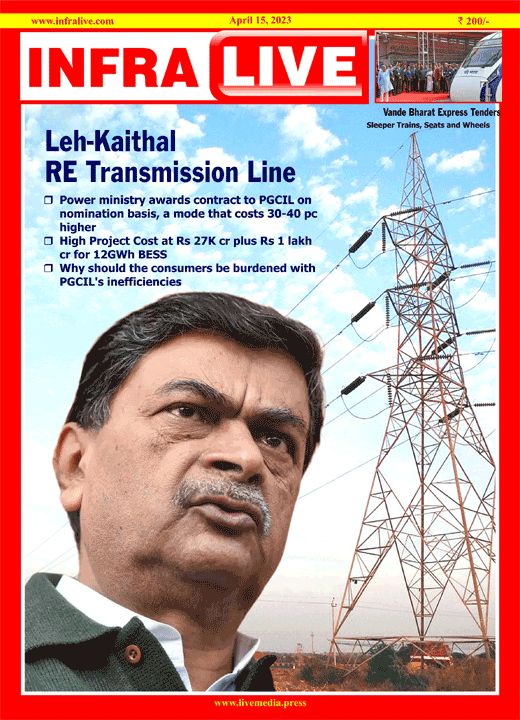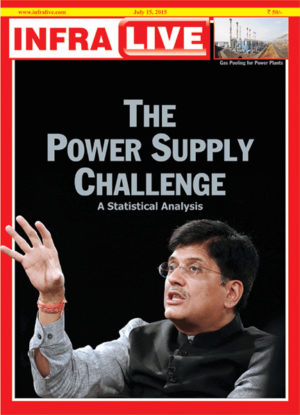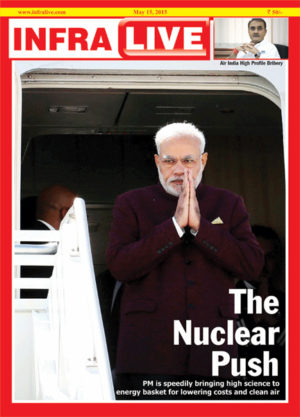The award of transmission projects to Power Grid Corporation India Ltd (PGCIL) on nomination basis is contrary to the recommendations of government’s top committee in the domain as also the power ministry’s own advice to states that they should adopt Tariff Based Competitive Bidding (TBCB) for awarding transmission projects. Such awards spell double trouble, first by impacting project cost exponentially and second by hitting consumers with higher retail tariffs. In this edition, we look at both these dimensions for PGCIL’s Leh-Kaithal RE Transmission Line project. This was a top announcement of Budget 2023 and it envisions a transmission system for evacuation and grid integration of 13 GW renewable energy from Ladakh to Kaithal in Haryana to be built with an investment of Rs 20,700 crore, including central support of Rs 8,300 crore.
PGCIL will execute this project on Regulated Tariff Mechanism (RTM) basis as per which transmission charges are fixed by CERC on the basis of cost figures provided by the developer, PGCIL. This tariff is fixed for 35 years, the entire project lifecycle and is ultimately recovered from end-consumers in the form of electricity tariff. A high project cost leads to an unfair consumer burden. PGCIL’s calculations show that this is just what the Leh-Kaithal project may turn out to be.
For instance, PGCIL enhanced the estimated cost by Rs 8,467 crore mainly on account of addition of 1 GWh Battery Energy Storage System (BESS) that would be used to keep the transmission line live during no generation period. Overall, the transmission system infrastructure is for evacuation of 13 GW RE capacity and also comprises the BESS storage capacity which will be scaled up in stages reaching 12 GWh. PGCIL says one 5 GW transmission corridor system integrated with 12 GWh BESS is sufficient to evacuate the targeted RE. But at what cost, with nearly a lakh crore of rupees plus the project cost. Does the power ministry even read its own advice: Large number of bidders participation can lower tariff by 30-40 per cent compared to cost-plus tariff, there is less burden on government resources, brings in innovative technology and enables risk sharing.




